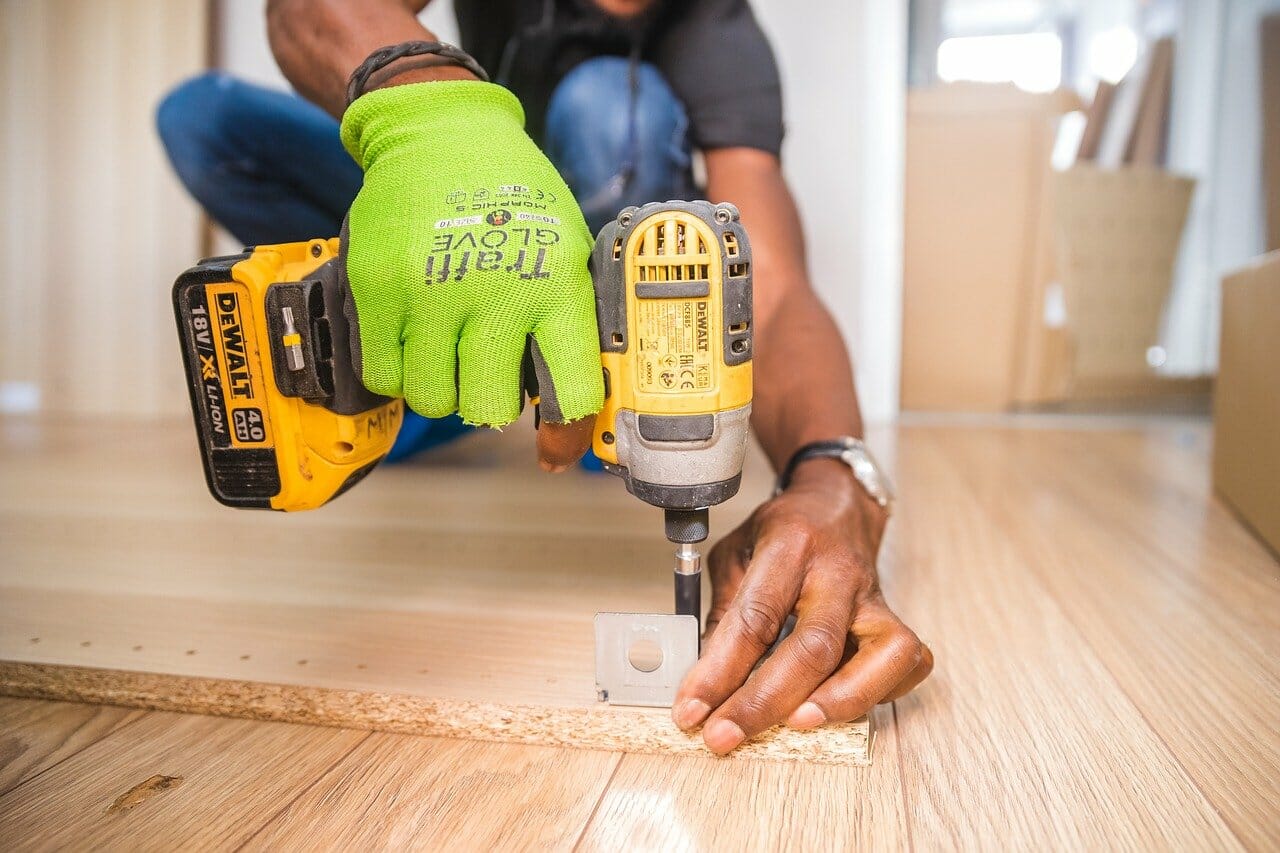When you go to use your favorite power tool, it might be clogged with dirt and dust from the last job. Not only will keeping your power tools clean make them last longer, but it will also make sure they work better every time you use them.
MORE NEWS: The 10 fastest-growing housing markets in Arizona
This article will share six best tips for cleaning power tools to keep them running smoothly and looking like new.
1. Unplug and Disconnect
Before cleaning any power tool, always unplug it or disconnect the battery. This is an important safety step to prevent accidents. If you don’t disconnect the power source, the tool could accidentally start while you’re cleaning, which could lead to injuries. Once the power is off, you can safely clean and inspect your tool without worrying about it turning on unexpectedly.
2. Remove Debris After Each Use
Sawdust, dirt, or metal shavings can build up in the tool, which can cause it to work less effectively or even damage it. To get rid of the junk, use a brush or compressed air.
Cleaning right after you use the tool will also prevent dirt from hardening and becoming more difficult to remove later. This simple task helps your tool stay in good working condition for longer.
3. Clean the Exterior
Wipe down the tool with a soft cloth to remove dirt and grime. For tougher stains, you can use mild soap and water, but make sure to dry the tool completely afterward.
Keeping the exterior clean helps prevent rust and ensures that the tool remains in top shape. A clean tool also gives you better control and precision during use.
4. Check and Clean Moving Parts
Moving parts, such as gears and blades, need to be checked and cleaned regularly. Dust, grease, and dirt can cause these parts to wear out faster or stop working properly. Use a soft cloth to wipe away dust and grime from these parts. If necessary, apply a small amount of lubricant to keep the moving parts running smoothly.
5. Clean Air Vents and Filters
Air vents and filters can get clogged with dust, dirt, or debris, which can cause the tool to overheat or malfunction. Use compressed air to blow out dirt from vents, and check the filters for any buildup. If the filter is dirty, take it out and clean it the way the manufacturer tells you to. Keeping these areas clean will help your tool run more efficiently.
6. Follow Manufacturer’s Instructions
Each power tool may have its own specific cleaning needs, so always follow the manufacturer’s instructions for maintenance. The instructions will tell you how to clean the tool properly, what materials to use, and how often to clean certain parts. Ignoring these guidelines can lead to damage or reduced performance.
Have an Efficient Working Experience with Power Tools
By following these cleaning tips, you can extend the life of your tools and ensure they are always ready for your next project. For reliable, innovative tools, check out the range available at RYOBI New Zealand and elevate your DIY or professional tasks to the next level.




